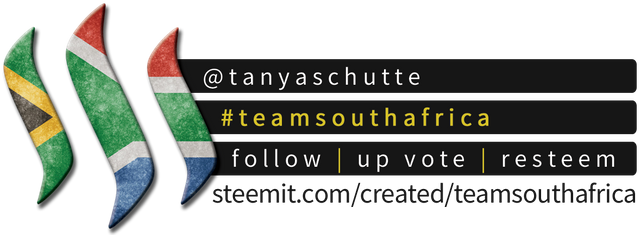How late is it? A step-by-step guide to teaching children how to tell time.
For the last few days my son (currently four years old) has been telling us that he will be kicking ball in 10 minutes or playing a puzzle in 10 minutes and so forth. Somewhere he has heard us say that something will happen in 10 minutes. I know he hasn't grasped the concept of time yet, but even though I am a teacher I wasn't sure how to teach a pre-schooler to tell time. So yet again I went to the internet and began "googling"
Stages of learning of learning to tell time (Remember each child is different, this is just approximate)
- Age 4-5: They should be taught about hours and half hours and know how to draw the hands on a clock face for these times.
- Age 6-7: They should be able to tell and write times for five minutes, quarter past/to the hour. They should also be able to draw the hands on a clock face.
- Age 7-8: They should be able to tell and write time from an analogue clock, and also be able to use Roman numerals (I to XII), 12-hour and 24-hour clocks.
- Age 8-9: They should be able to read, write and convert time between analogue and digital 12- and 24-hour clocks.
How do you start?
I have given this a lot of thought and came to the following conclusion
- Give them a schedule which has clocks on. This will help them to associate an activity with a certain time on the clock. Here is an example, it is a schools timetable but the principle stays the same.The example has the time in digital as well as analog time, but I will be making my sons schedule only with the analog time, we will later on add the digital time.

- After they have mastered keeping a schedule according to analog time you can now introduce the numbers where they belong on the clock. (My son already knows the numbers so it is just a matter of introducing the correct places) This Wooden puzzle will be a great way to introduce the correct places for the numbers.

- Now you can introduce the hour and minute arms. You can use the puzzle clock for this to.
- Introduce hours and half hours.
- After they have mastered hours and half, introduce quarter past, after mastering this introduce quarter to.
- By now they will be able to tell hours, half hours, quarter past and quarter to. You can now introduce all the other minutes 5 minutes past etc.
I know some will differ in the manner in which I will be teaching my son time. I believe that they must master the manner of reading an "old school analog clock" and then after that they must learn digital time. Others will differ in that. My reason for this is that when my child one day goes out for a hike and he doesn't have a watch or a cellphone with him, he will be able to draw a sun clock and know where what is. (OK well we also love camping so even from a young age he will be introduced to this manner of reading time.

PLEASE ALSO REMEMBER THIS QOUTE
Every child develops at his/her own pace. Do not introduce something to your child if you by heart know they are not ready. If they are ready they will be eager to learn.
Here are some links to activities you can do with your child
- http://www.preschooluniverse.com/2012/05/how-to-tell-time-activities-tools-and-books-for-preschoolers/
- http://www.123homeschool4me.com/2014/12/10-clock-kids-activities.html
Video Resources (There are a lot more, these are just the ones that I like)
Resources:
https://www.busythings.co.uk/blog/teaching-children-to-tell-the-time-hints-and-tips/
http://www.planetsmarty.com/2014/03/teach-preschoolers-to-tell-time.html

Team South Africa banner designed by @bearone


Handy to know! Thank you for a very informative post as usual, will definitely come in use when my toddler is ready for learning about time!
You are a good teacher as well as a good mom to your son. This articles is quite detailed and informative of the tools available to teach the concept of time. I loved the picture of sun clock on the beach sand.